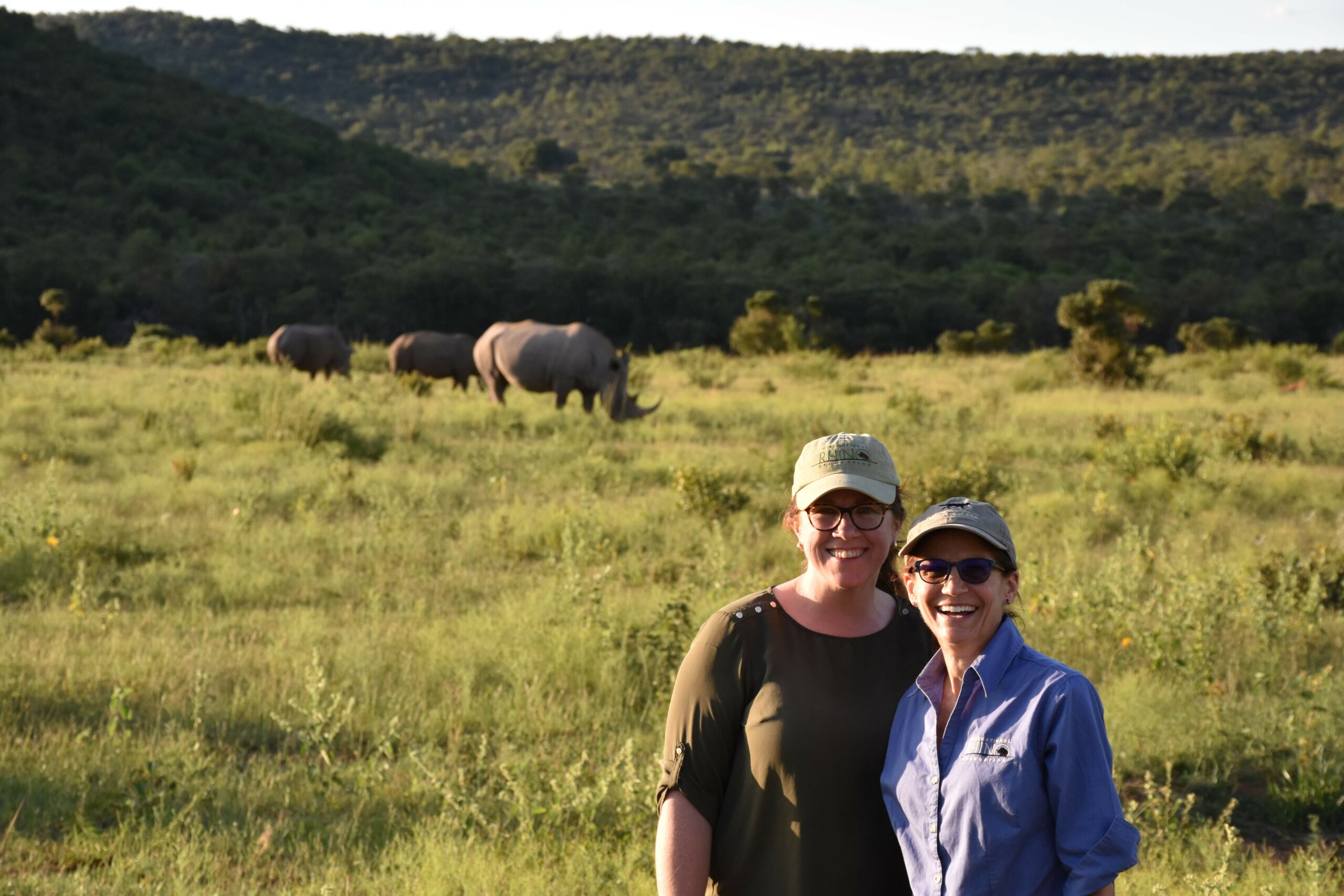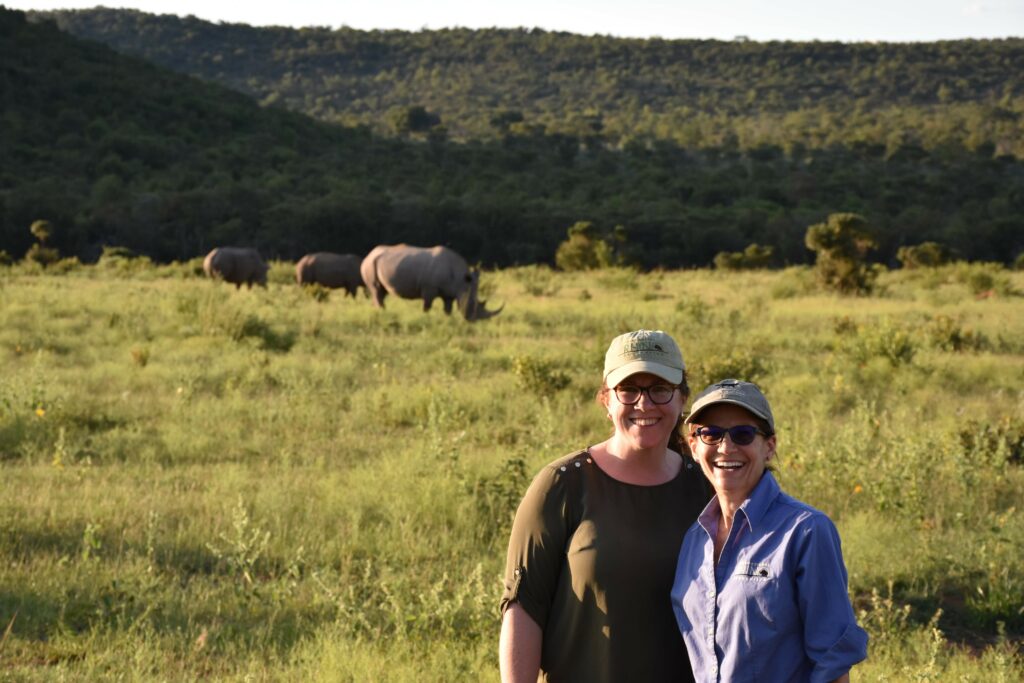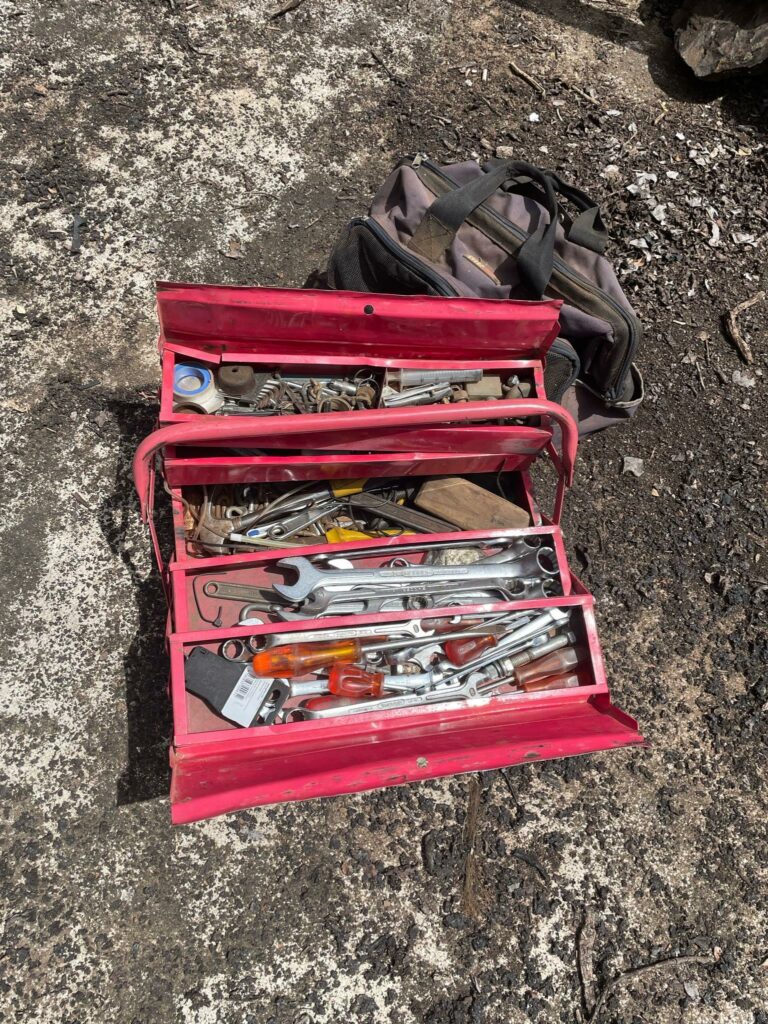Nina’s Travel blog: Thoughts on Rhino Conservation in Africa


I feel extremely lucky to have spent a solid month in Africa visiting the International Rhino Foundation’s (IRF) partners, colleagues, friends, and others who are conducting critical rhino conservation work on the ground. I learned so much from my travels and feel both energized and better informed, and therefore better able to manage IRF’s assistance from the U.S., as well as raise additional funding for these important programs. From the anti-poaching work conducted by rangers, dogs and even mules, to the monitoring of key rhino populations, to the rescue and veterinary services provided, there are committed people throughout Africa working tirelessly to conserve black and white rhinos.

To all those wonderful members of Team Rhino who support these projects, let me assure you that your funding is well managed and well spent. Not a dollar is wasted. The people in the field use every penny wisely, constantly innovating in order to stretch scarce resources farther. Some of the creative ideas we saw during our visit included using old seat belts to make tact for the anti-poaching mules, turning a vehicle into a state of the art dog kennel for hard working tracking dogs, making fencing out of old oil barrels and bomas and towers out of old railroad ties, and turning used water bottles into baby bottles for orphaned calves. And, perhaps not quite as relevant to conservation but just as innovative, was the washing machine drum used to create a braai fire pit, and a cooler transformed into a beer keg – hey, even hard working biologists need a little bit of downtime!
Rhinos are considered an umbrella species – protecting them helps conserve numerous other plants and animals that occupy the same habitats. We like to call them “gardners of the forest,” since as large herbivores they have an outsized impact on the ecosystem. By eating a lot of vegetation and subsequently spreading it around the forest (you know what I’m talking about), they are spreading nutrients and providing the basis of complex food chains. The forests, jungles, savannahs, deserts, shrublands and grasslands that the five rhino species inhabit would be much poorer without these large vegetarians.
The dedicated professionals I met throughout southern Africa couldn’t do their important work saving rhinos without the backing of rhino supporters around the globe, like IRF’s loyal members. On their behalf, and on behalf of the rhinos, I thank each and every one of you for your interest in and support of these species.
Thanks for following along, Team Rhino. We couldn’t do this important work without you! Please visit these links for more on my travel blog series through southern Africa:
Visiting Big Game Parks in eSwatini
A Visit to Phinda Private Game Reserve in South Africa
